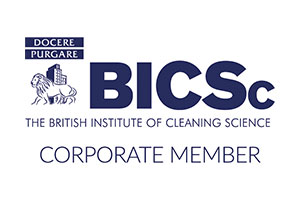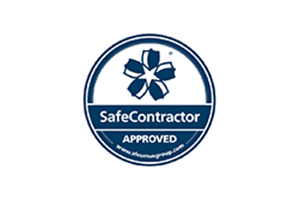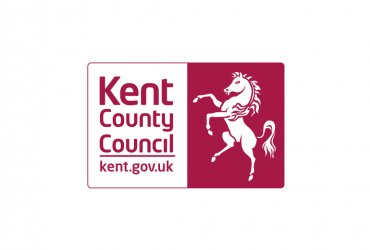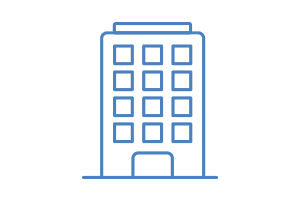Are Mould-Related Illnesses A Myth?

CONTENTS
- Understanding mould and its potential health risks
- Review of epidemiological studies on mould-related illnesses
- Medical consensus on mould-related illnesses
- The controversy surrounding mould illnesses
- Examination of scientific literature on mould toxins
- Mitigation and prevention strategies for mould exposure
- Frequently asked questions
- Get in touch
Symptoms from sniffling to severe fatigue and wheezing are all signs of a mould infestation in your home. After spending time in a mould-infested space, you may show signs of a mould-related illness. However, some more severe illnesses are unheard of or dismissed as myths.
If your home is hit by a mould invasion, our mould removal experts can assist. Our team conduct mould remediation services that eliminate all traces of mould accumulation while disinfecting your home, identifying the root cause and assisting in preventing its return.
Read on to learn about what triggers mould growth, how it affects your health and how to protect yourself from its potentially harmful effects.
Understanding mould and its potential health risks
Mould is a type of fungus which flourishes in damp environments, and it can be more than just an unpleasant sight.
It is always present around us in a spore form, but when it finds its ideal growth conditions - like damp areas with dead organic matter to feed on - mould spores will become a colony.
This rapid growth can lead to potential health risks for humans. When we inhale the spores, or they make contact with our skin or eyes, it can result in various illnesses like allergic responses and respiratory issues.
Long-term exposure may even result in severe complications like chronic lung diseases. The link between mould exposure and adverse health effects is well-documented in numerous studies. To prevent the harmful effects of mould on your health, you need effective strategies.
Review of epidemiological studies on mould-related illnesses
Epidemiological research has uncovered the connection between mould and medical issues. For instance, a 2007 study found that living in damp or mouldy buildings increases the risk of respiratory illnesses by 30-50%.
More recently, a 2022 study revealed an association between mould and the development of allergic diseases. Similar findings were published between the mid-2000s to present day, but these papers often highlighted the need for more detailed research.
While these studies provide some evidence about potential risks and links to Sick Building Syndrome, we still do not have all the answers regarding these connections.
Medical consensus on mould-related illnesses
The medical community recognises that mould exposure can lead to health problems. The NHS, for instance, links mould spores with respiratory issues and allergies.
Certain individuals are more susceptible to these effects. According to the World Health Organization (WHO), people with asthma or immune suppression may experience severe reactions from mould exposure.
But, not all agree about the extent of this issue. Some professionals question if conditions like Chronic Inflammatory Response Syndrome (CIRS) are truly caused by mould toxins or if other factors might be involved.
Regardless, it is clear that keeping living spaces free from damp and excess moisture is crucial for maintaining good health.
The controversy surrounding mould illnesses
While some experts argue that mould exposure can lead to severe illnesses, others maintain it is an unfoundeded concern. This divide has sparked intense debate in the medical community.
Some healthcare practitioners allege that CIRS is based on dependable scientific research, yet others dispute its authenticity due to irregular outcomes and the absence of standardised diagnostic parameters.
This is essentially the documentation of factors like the sensitivity of the test, its specifications, predictions, and likelihood ratios.
This controversy is not just academic - it impacts real lives. Those suffering from unexplained symptoms seek answers and relief, yet are caught up in this contentious issue because the science behind mould-related illnesses remains murky.
Examination of scientific literature on mould toxins
Scientific literature reveals that mould toxins, also known as mycotoxins, can cause serious health issues. A type of mould toxin known as aflatoxin has also been associated with harm to the liver and causing cancer.
Aflatoxin thrives in damp environments like bathrooms or basements but are preventable with good ventilation. Other types of mycotoxins include ochratoxin A and fumonisins - each bringing their health risks.
To protect yourself from these harmful substances, you must maintain a clean living environment and promptly address any signs of mould growth. The use of specialist cleaning services can be invaluable for this task.
Mitigation and prevention strategies for mould exposure
Although more research is needed to make conclusive statements, the overwhelming evidence in public cases like Awaab Ishak proves that mould-related illnesses exist and can cause untimely deaths. Prevention and mitigation strategies are integral for protecting the public going forward.
Some ways to reduce the risk of mould include reducing moisture; utilising dehumidifiers or air conditioners (particularly in humid places such as bathrooms or cellars); and regularly cleaning surfaces prone to mould with anti-mould products.
If you spot signs of water damage, act quickly. Drying out the area within 48 hours can prevent mould from accumulating into a large colony. For serious infestations, you must contact a mould removal company immediately.
Frequently asked questions
What are the signs of mould sickness?
Signs of mould sickness can include a stuffy nose, itchy eyes or skin, and wheezing. More severe reactions might involve shortness of breath and fever.
How long does it take to get sick from mould exposure?
The timeline varies greatly, but symptoms can start showing up within 48 hours after initial exposure to harmful types of mould.
How can I detox my body from mould?
Avoid further exposure first, then consult a healthcare professional for possible treatments such as antifungal medications or dietary changes that help cleanse your system.
Can you recover from mould illness?
With proper treatment and avoidance measures in place you can. Recovery time may vary based on individual health conditions and the extent of exposure.
Get in touch
With ICE Cleaning, we offer mould cleaning services that guarantee the effective removal of mould from your home. Our team adheres to local regulations and always ensures that your home is safe for occupation upon completion of our work.
To learn more about our mould removal services, get in touch with our team at 0208 066 0360 or enquiries@icecleaning.co.uk for a free, no-obligation quote and site survey. We operate nationwide and work around the clock to ensure your needs are always met, offering same-day cleaning 365 days a year.

Speak with me today,
I’m here to help
By asking you a few questions either via phone or email I can immediately provide a realistic estimation of the cost.
You’re in good company. We’ve cleaned for the following commercial clients… View all

Why choose us?
- Cater to a wide variety of cleaning situations
- Nationwide coverage, available 24/7
- Cater to commercial and domestic clients
- Free survey provided prior to quotation
- Emergency response team
- Offer a bespoke service designed to suit all your needs
- All technicians hold professional health and safety qualifications, including BICSc, IOSH, Dewpoint Professional & Safe Contractor
We’re fully accredited
We place best practise, professional expertise and health and safety at the core of our business. We’re fully compliant with all legal obligations. You can view a list of our accreditations below, or visit our Health & Safety page for more information.











-RGB-small.1707319151.jpg)




















